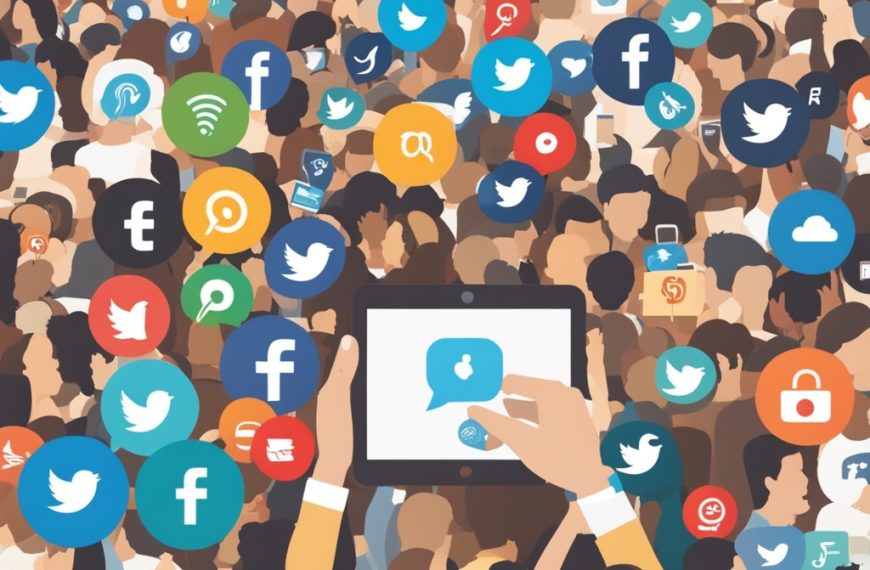Influencer marketing has become one of the most powerful tools for brands to drive sales and increase brand awareness. With social media platforms like Instagram, TikTok, YouTube, and Twitter shaping consumer behavior, influencers have emerged as trusted voices that bridge the gap between businesses and their target audiences. This article explores how brands leverage influencers to boost sales, the strategies they use, and the benefits of influencer marketing.
Understanding Influencer Marketing
Influencer marketing is a strategy where brands collaborate with individuals who have a significant online following and credibility within a particular niche. These influencers create content featuring the brand’s products or services, influencing their audience’s purchasing decisions. Unlike traditional advertisements, influencer marketing relies on authenticity, trust, and engagement to persuade potential customers.
Types of Influencers
Brands choose influencers based on their audience size, engagement levels, and niche relevance. The main categories of influencers include:
- Mega-Influencers (1M+ followers) – Celebrities and well-known figures with massive reach.
- Macro-Influencers (100K – 1M followers) – Established personalities in specific industries.
- Micro-Influencers (10K – 100K followers) – Niche-focused influencers with high engagement rates.
- Nano-Influencers (1K – 10K followers) – Everyday individuals with strong community connections.
Strategies Brands Use to Leverage Influencers
1. Product Endorsements and Reviews
Brands partner with influencers to showcase their products through authentic reviews and endorsements. Influencers share their experiences with the products, highlighting key benefits and features. Consumers are more likely to trust recommendations from influencers they follow than traditional advertisements.
2. Affiliate Marketing and Discount Codes
Many brands use influencers in affiliate marketing programs. Influencers receive unique discount codes or affiliate links to share with their audience. When followers use these codes, they get discounts, and the influencer earns a commission. This strategy directly drives sales while tracking influencer performance.
3. Sponsored Content
Brands collaborate with influencers to create sponsored posts, videos, or stories showcasing their products. These posts blend seamlessly into the influencer’s content style, making them appear organic rather than forced advertisements.
4. Giveaways and Contests
Running giveaways or contests with influencers increases brand visibility and engagement. Followers participate by liking, sharing, and tagging friends, leading to increased brand exposure and potential sales conversions.
5. Unboxing and Haul Videos
Unboxing videos are a popular way for influencers to introduce products to their audience. By demonstrating product packaging, quality, and first impressions, influencers create excitement and anticipation among potential buyers.
6. Brand Ambassadorships
Long-term collaborations between brands and influencers build stronger relationships and trust. Brand ambassadors consistently promote products over time, reinforcing credibility and keeping the brand top-of-mind for consumers.
7. Live Streams and Q&A Sessions
Live streaming allows influencers to interact with their audience in real-time, answering questions about products, demonstrating their use, and sharing exclusive deals. This creates a direct connection between brands and consumers.
8. Influencer-Created Content
Brands repurpose influencer-generated content for their own marketing channels, including websites, ads, and social media. This extends the reach of authentic, relatable content that has already resonated with audiences.
Benefits of Influencer Marketing for Sales Growth
1. Increased Trust and Credibility
Consumers are more likely to trust recommendations from influencers they admire. By leveraging influencers, brands gain credibility and reduce skepticism around their products.
2. Higher Engagement and Reach
Influencers have highly engaged audiences, making it easier for brands to reach potential customers. Their content receives more likes, comments, and shares compared to traditional ads.
3. Targeted Marketing
By working with influencers in specific niches, brands can reach highly relevant audiences who are more likely to be interested in their products.
4. Cost-Effective Advertising
Compared to traditional marketing campaigns, influencer marketing often provides a higher return on investment (ROI). Nano- and micro-influencers, in particular, offer budget-friendly collaboration opportunities with strong engagement.
5. Improved SEO and Web Traffic
When influencers share content that links back to a brand’s website or social media, it improves search engine rankings and drives more organic traffic, leading to increased conversions.
6. Enhanced Brand Awareness
Partnering with influencers exposes brands to new audiences and expands their reach, making it easier for potential customers to discover and remember them.
Case Studies of Successful Influencer Marketing Campaigns
1. Daniel Wellington
The watch brand Daniel Wellington skyrocketed to success through influencer marketing. By gifting influencers their stylish watches and having them post high-quality images on Instagram, the brand gained immense exposure and increased sales significantly.
2. Gymshark
Gymshark, a fitness apparel brand, leveraged fitness influencers to showcase their products in workout videos and motivational posts. This strategy helped the brand grow from a small startup to a global fitness giant.
3. Glossier
Beauty brand Glossier built a cult following by engaging with micro-influencers and everyday consumers. Their “customer-as-influencer” strategy encouraged user-generated content, resulting in rapid brand growth and high engagement.
Challenges and How to Overcome Them
While influencer marketing is highly effective, it comes with challenges such as:
- Fake Followers & Engagement Fraud – Brands should use analytics tools to verify an influencer’s authenticity.
- Finding the Right Influencer – Researching an influencer’s audience demographics ensures alignment with brand goals.
- Measuring ROI – Tracking conversions, engagement rates, and affiliate link performance helps assess campaign success.
Influencer marketing has revolutionized how brands connect with consumers. By leveraging trusted influencers, brands can drive sales, enhance brand credibility, and reach targeted audiences more effectively. As social media continues to evolve, influencer marketing remains a dynamic and essential strategy for businesses looking to thrive in the digital marketplace.




